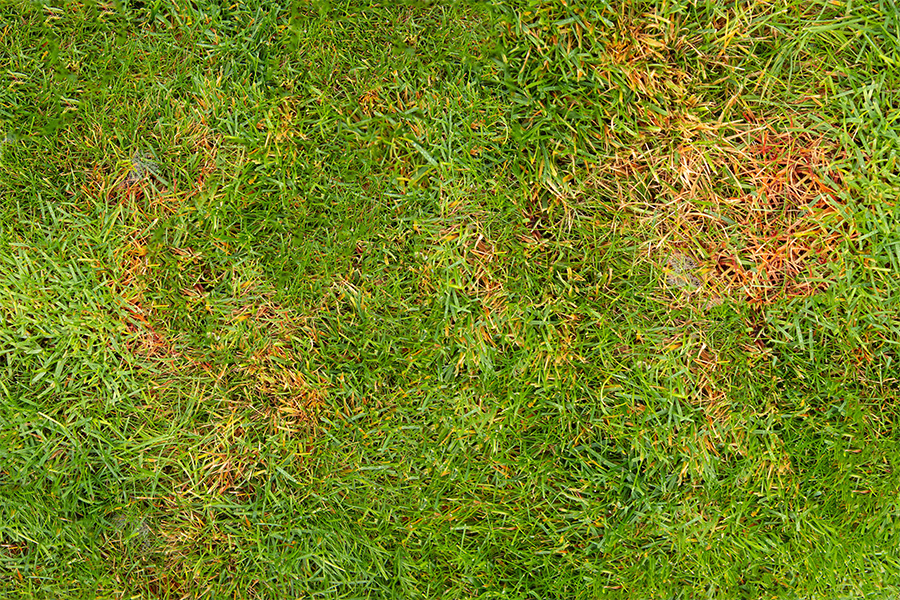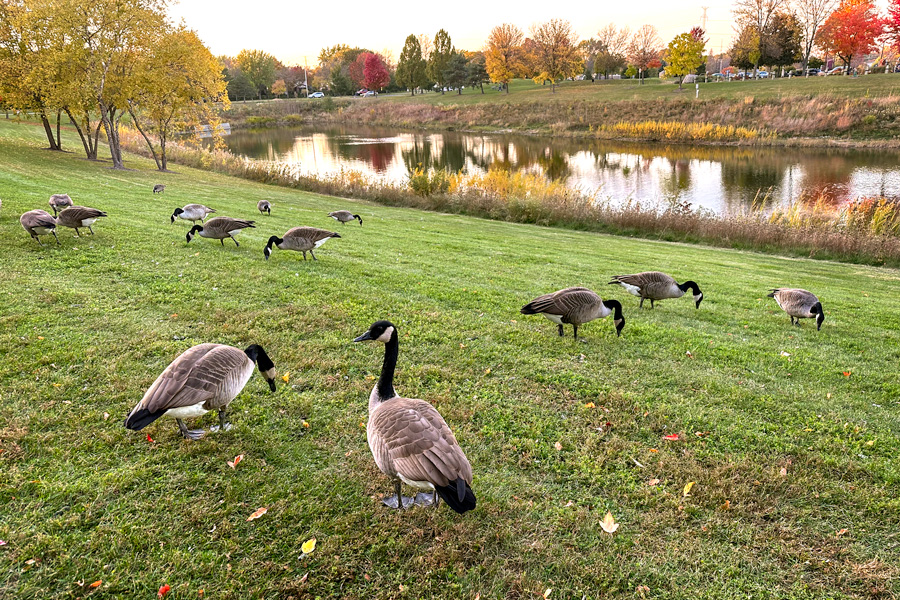-
In Georgia, irrigation supplements rainfall and most years, even in summer, irrigation isn’t needed every day. With a little careful observation, you can learn to determine your landscape plants’ water needs.
|
-
C 867-8
Weed Control in Iris
With their beautiful flowers, irises are coveted as one of the finest herbaceous perennials. Unfortunately, like most garden plants, weed control in irises can be difficult. Established perennial broadleaf weeds can be extremely difficult to control, requiring special removal techniques. Fortunately, many annual broadleaf and grassy weeds can be easily controlled with mulches and the judicious
use of herbicides.|
-
C 867-2
Controlling Greenbrier
Greenbrier (Smilax spp.) is a difficult vine to control in the landscape. Also known as Catbrier, Cat Sawbrier and Sarsaparilla vine, once this climbing vine develops an extensive underground rhizome tuber system, it is difficult to control. This publication describes successful control methods.
|
-
Both rabbiteye and highbush blueberries are produced
in Georgia. The plants can produce a commercially viable
crop for years. The long-term nature of the investment in
the blueberry orchard calls for periodic updates on the
situation of the blueberry industry. Information about the
location of plants, varieties, plant age, and the use of cultural
practices are important in decisions to allocate
resources. This report provides insights otherwise unavailable
to the industry yet of important practical
consequences. An overview of the Georgia blueberry
industry helps to shape the production and marketing
strategies that extend beyond the state boundaries. The
major portion of the annual crop is shipped to markets
outside the region. Furthermore, the increasing value of
blueberry plants implies that any damage to the commercial
blueberry industry has financial implications for
growers and shippers. Summaries included in this report
help in accurate assessment of potential economic losses
from damages to blueberry plants and the feasibility of
programs protecting the value represented by orchards.|
-

Esta publicación es una guía completa para la identificación y control de enfermedades de los céspedes en Georgia. Enfermedades incluyen: mancha “dólar”; anillos de hada; pudrición radicular “toma-todo”; Mancha parda/Mancha larga por Rhizoctonia Royas; Mancha foliar o decaimiento por Curvularia; quemazón o mancha foliar gris; antracnosis; hongos gelatinosos; y pudrición radicular por Pythium/quemazón por Pythium. La publicación también incluye una guía sistemática para el diagnóstico de enfermedades de céspedes; un clave simplificada para la identificación de enfermedades de céspedes; y el calendario de enfermedades de céspedes en Georgia.
[This publication is a comprehensive guide to identifying and controlling turfgrass diseases in Georgia. Diseases include: dollar spot, fairy rings, take-all root rot, brown patch/large patch, rust, leaf spot/melting out, gray leaf spot, anthracnose, slime mold, and pythium root rot/pythium blight. The publication also includes a systematic approach to diagnosis of turfgrass diseases, a simplified turfgrass disease identification key, and the Georgia turfgrass disease calendar.]
|
-
Poultry production facilities must deal with the disposal of farm mortalities on a daily basis. Death loss in animal production is an unfortunate reality that requires appropriate handling to prevent the spread of disease, the potential for odor and pest problems, and the possible contamination of surface and ground water. Each disposal method has advantages and disadvantages. Regardless of the method used, Georgia law requires disposal of dead poultry within 24 hours of death or discovery.
|
-

When wildlife populate a place where they are unwanted or cause damage to valuable plants or structures, they become a nuisance. This publication discusses some basic principles for dealing humanely with nuisance wildlife.
|
-
Eclipta is considered to be one of the world’s worst weeds. This publication discusses the identification and control of eclipta in peanut.
|